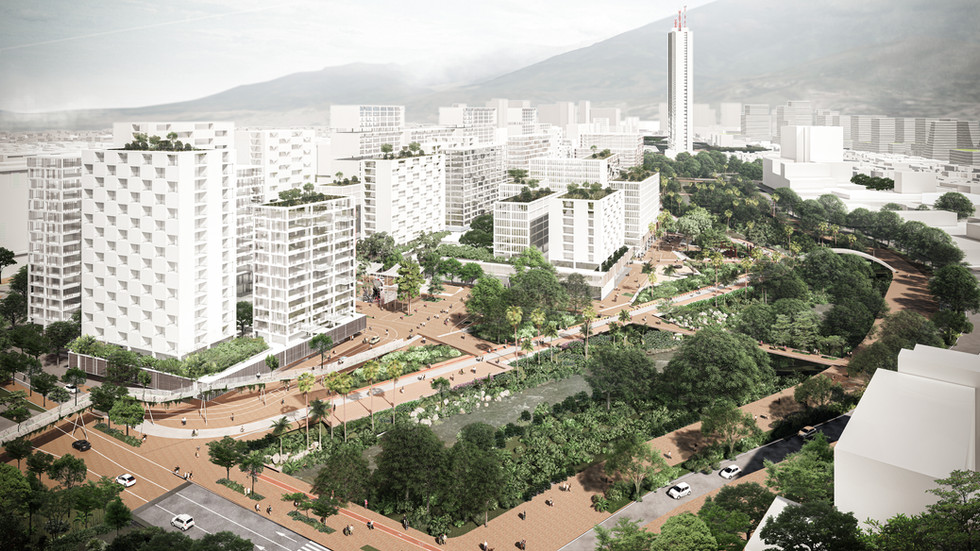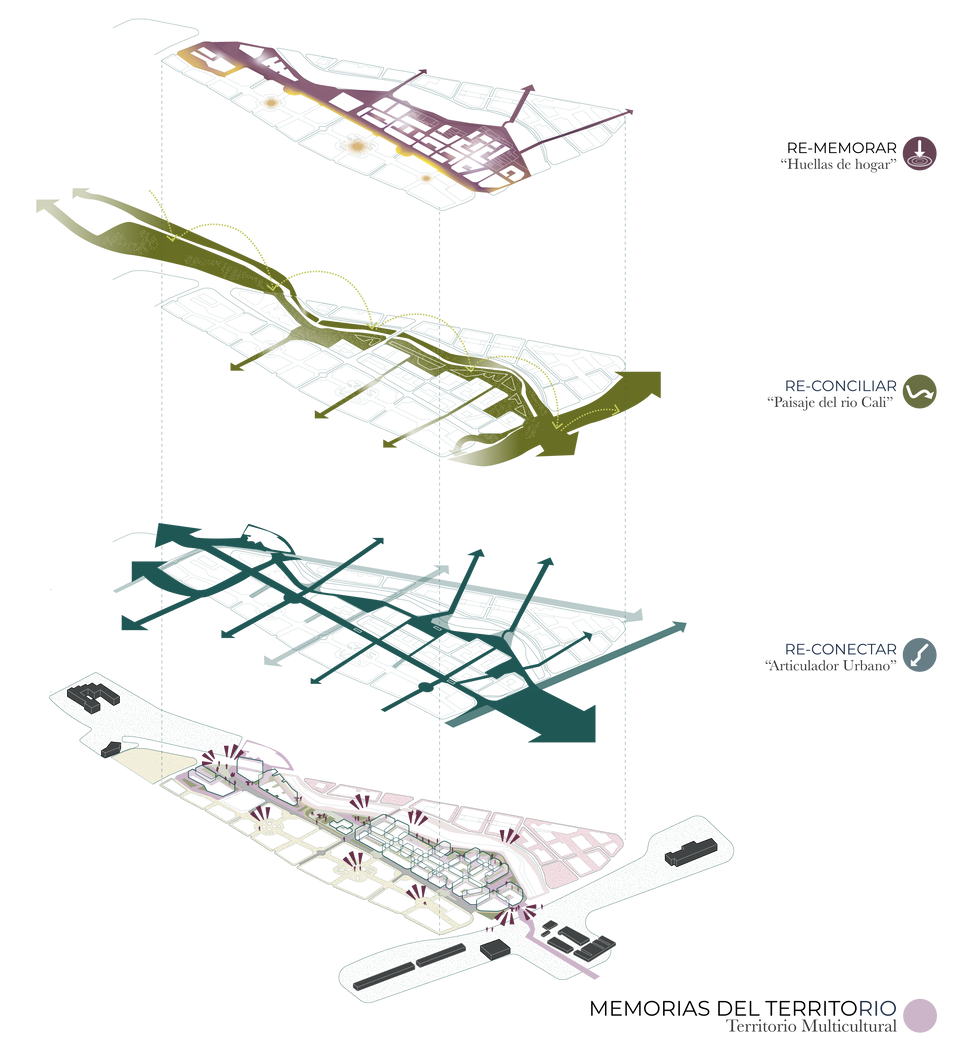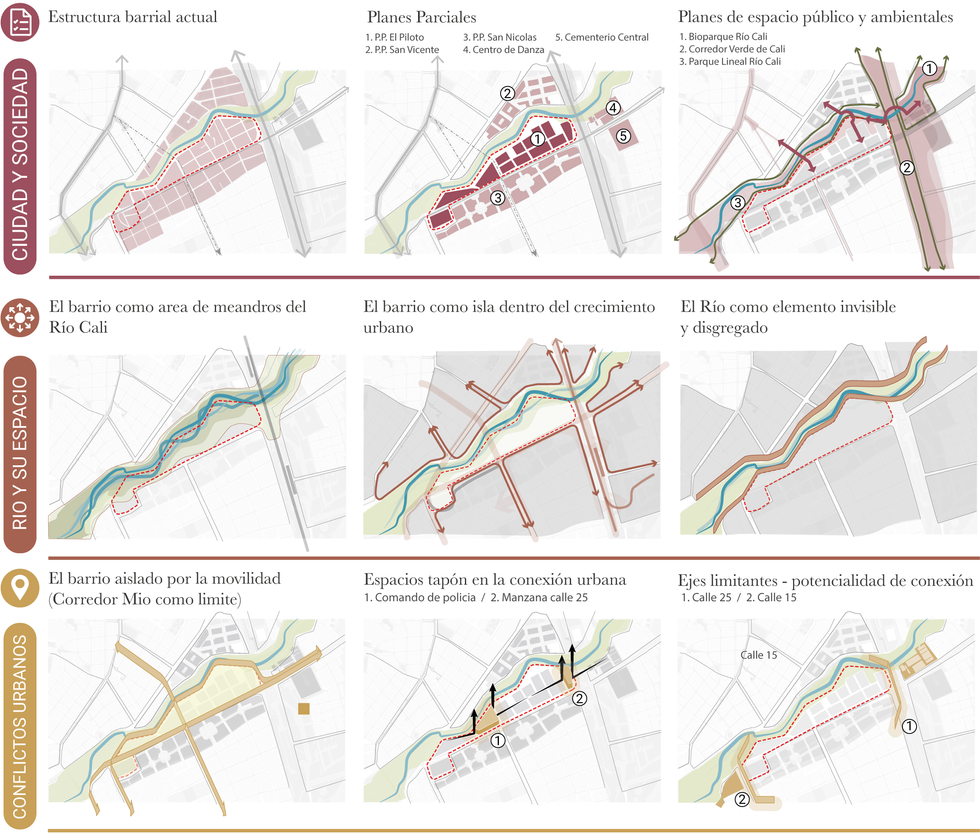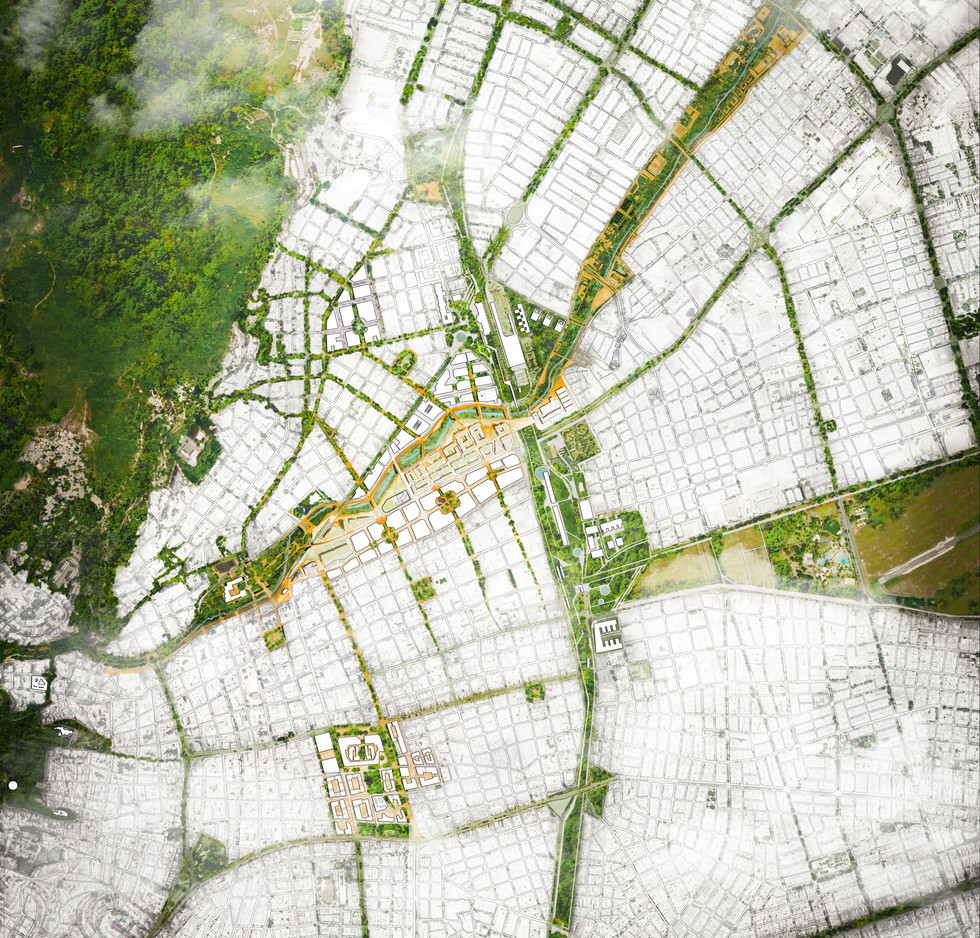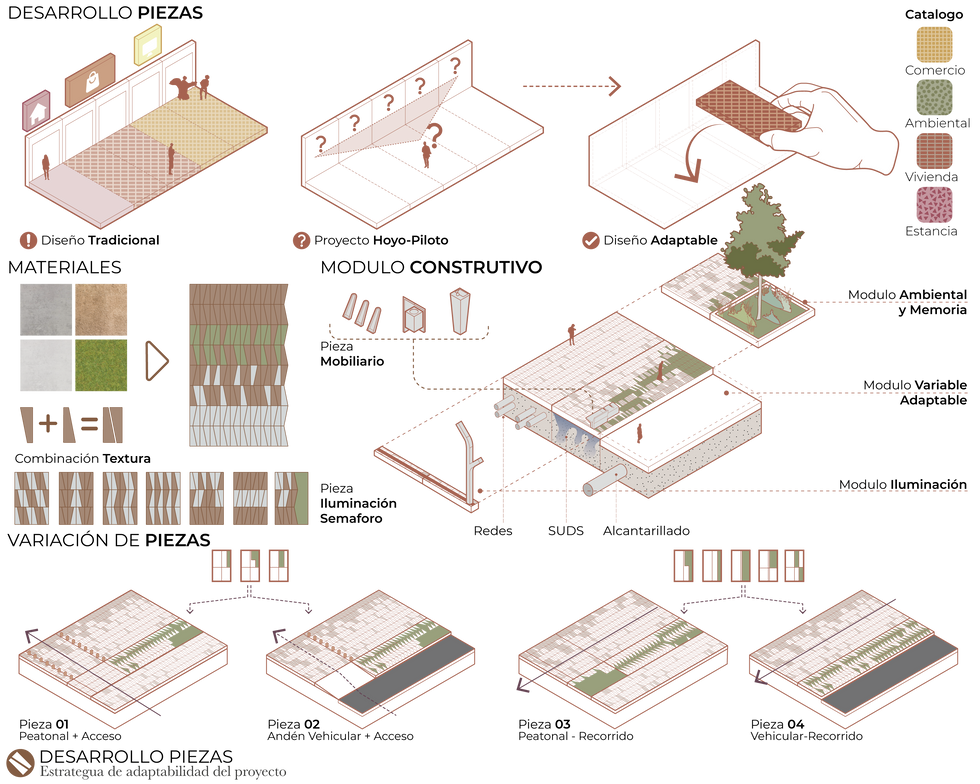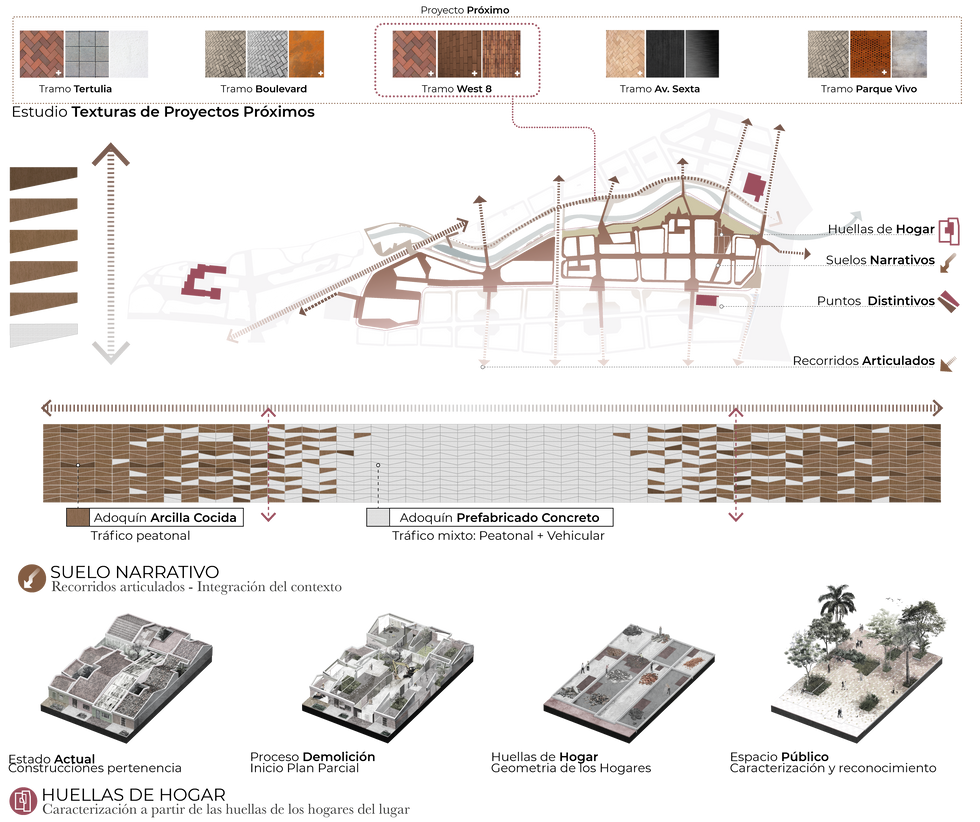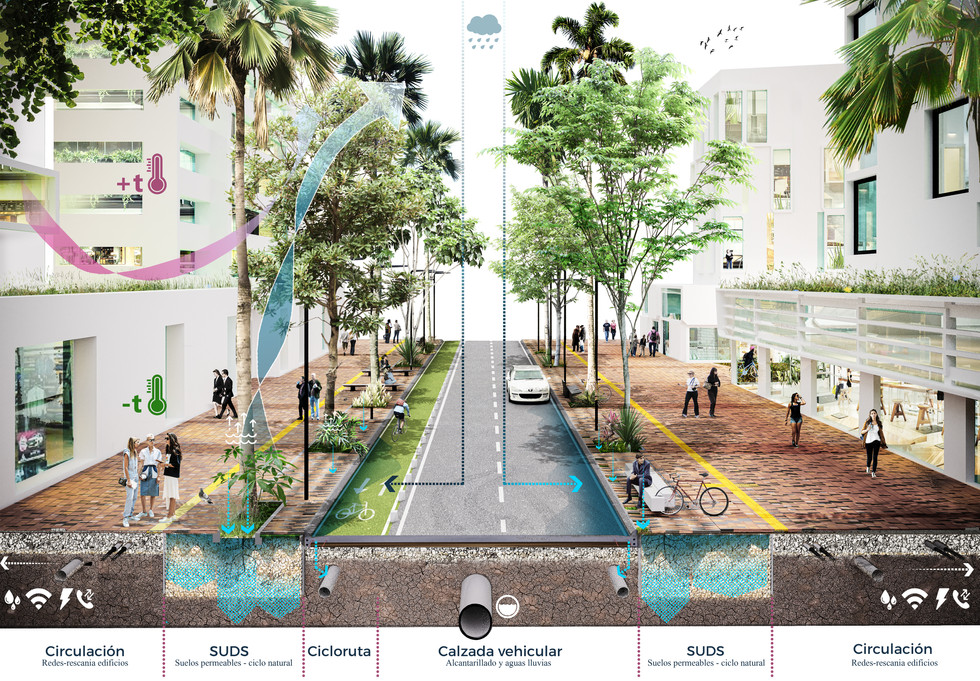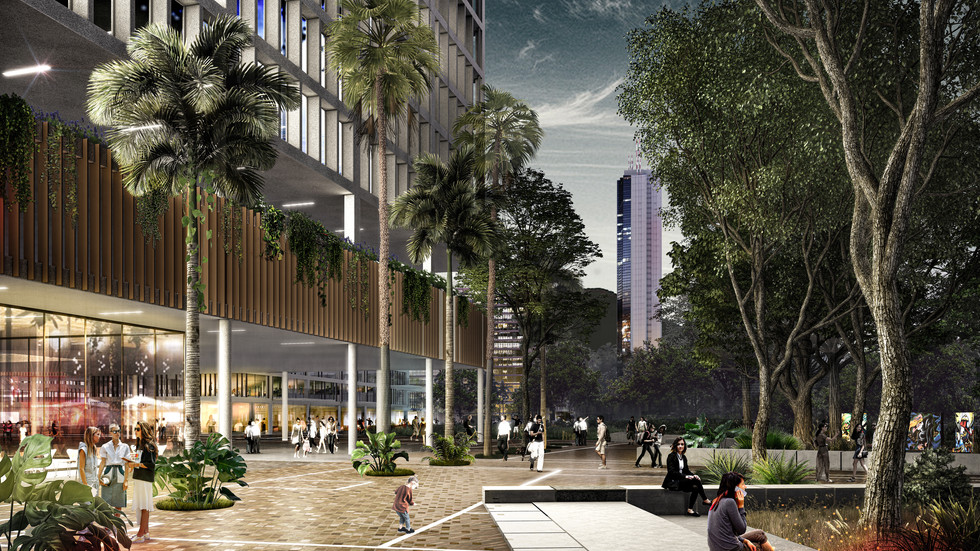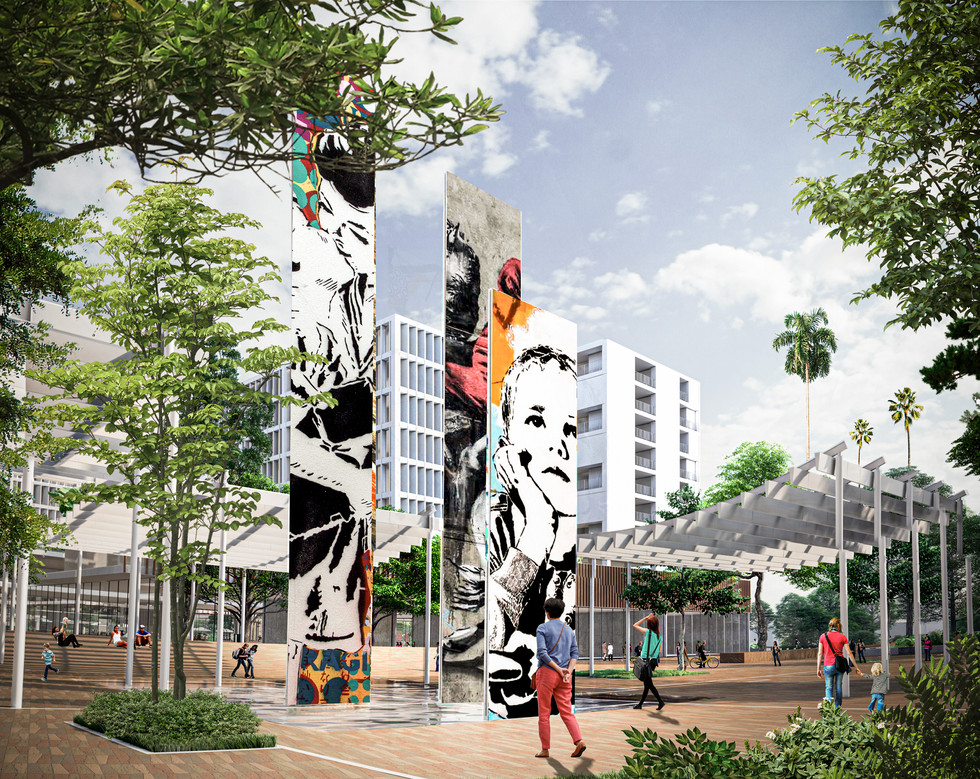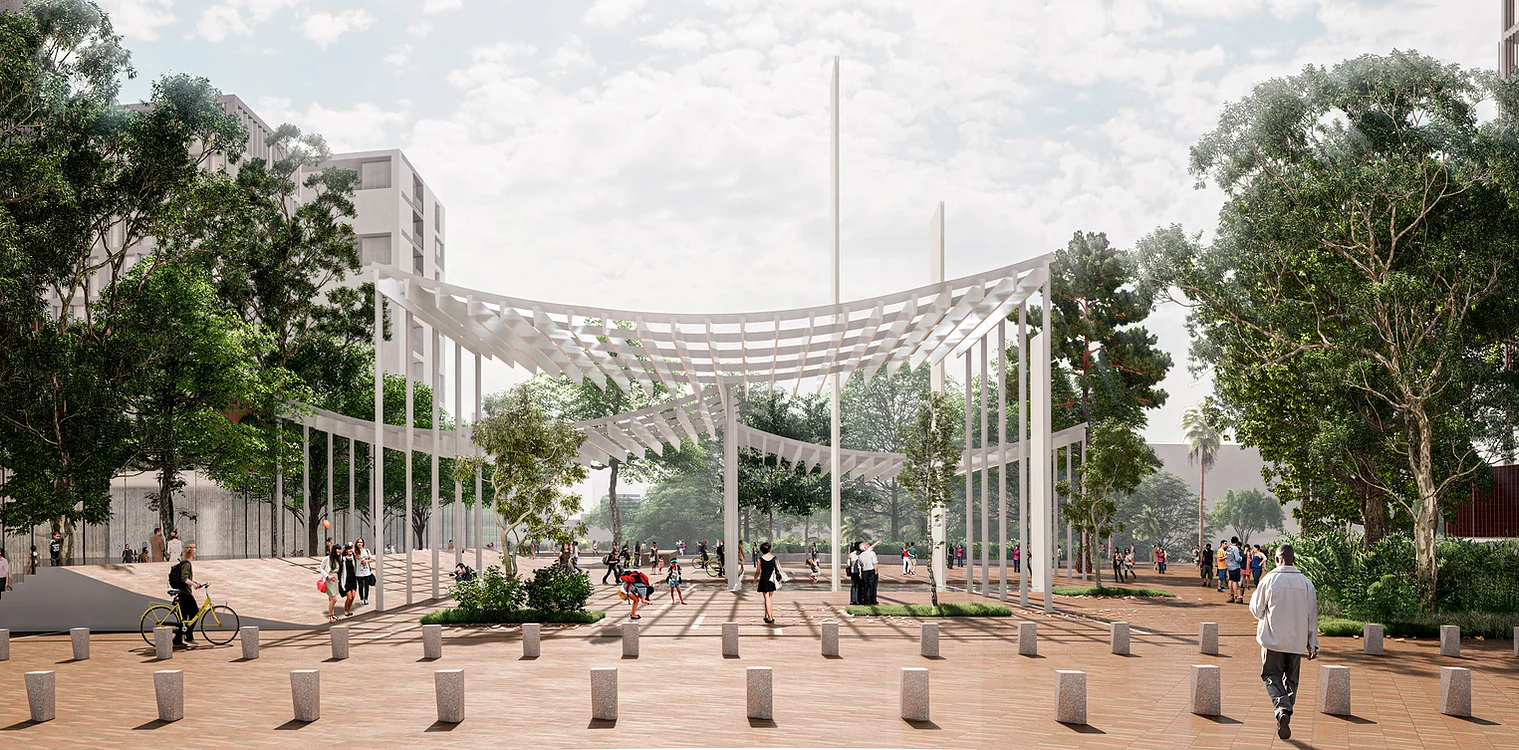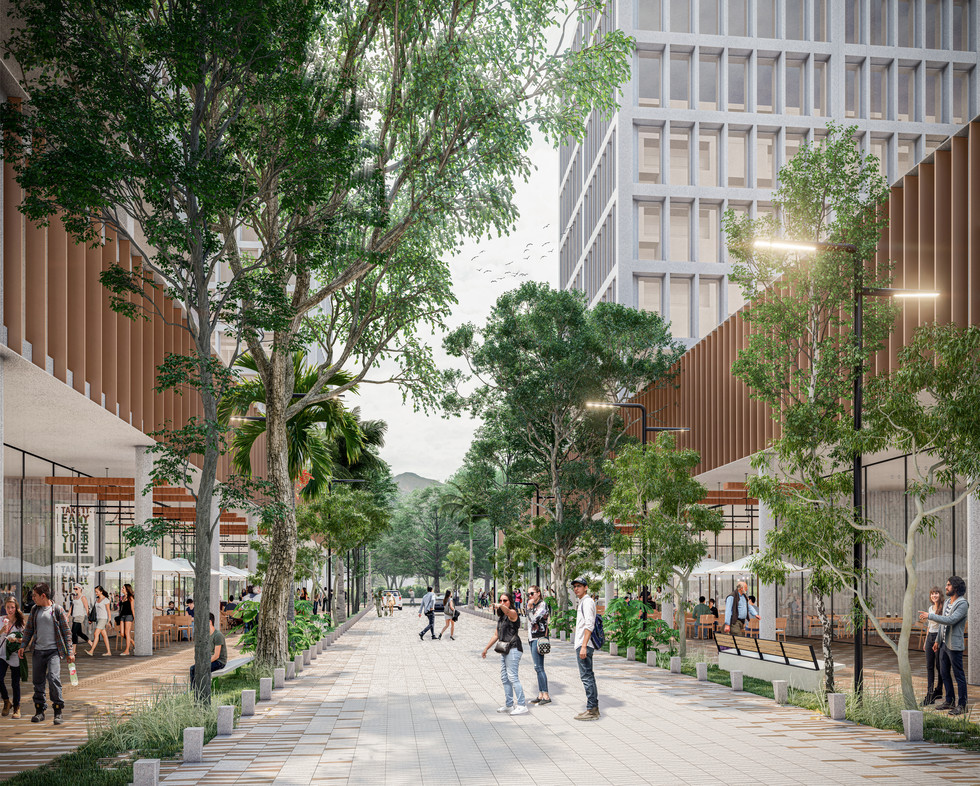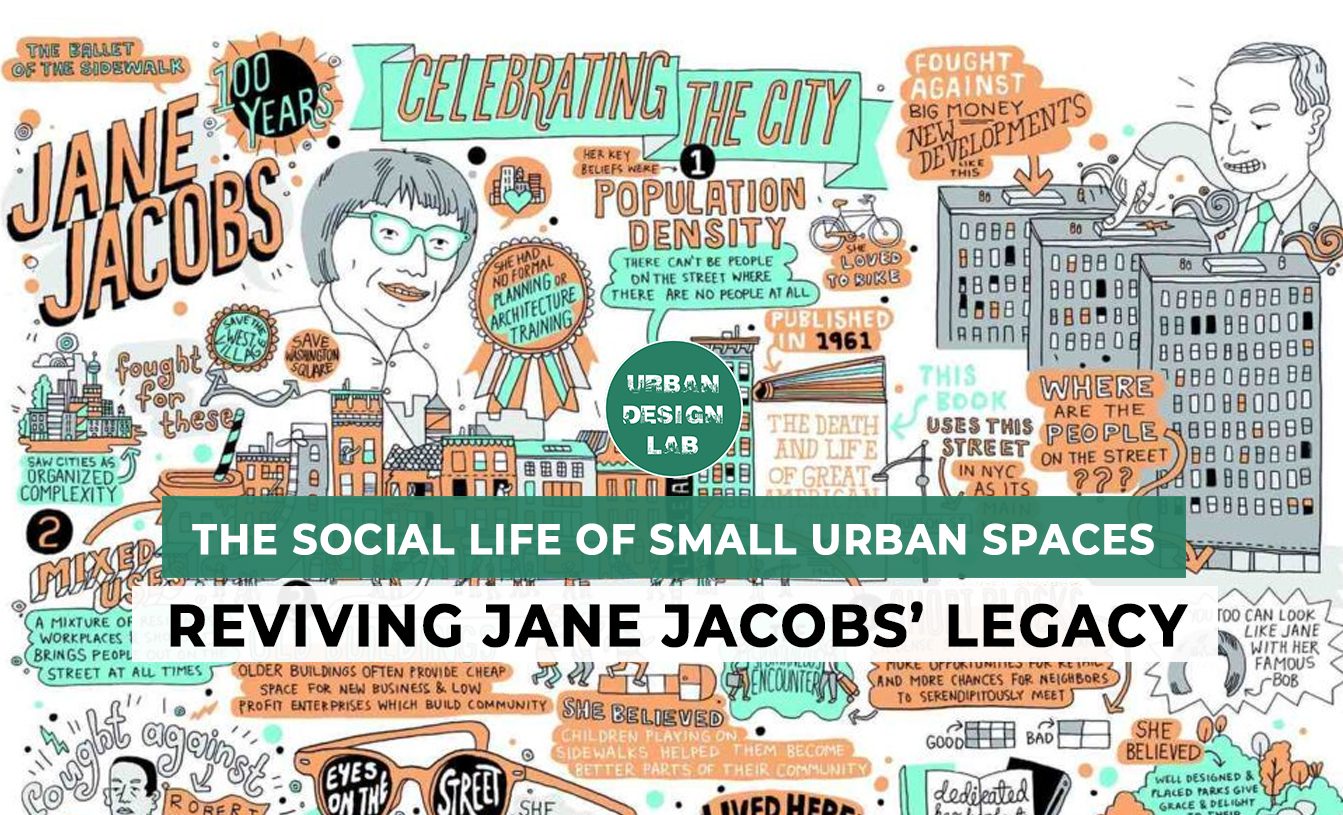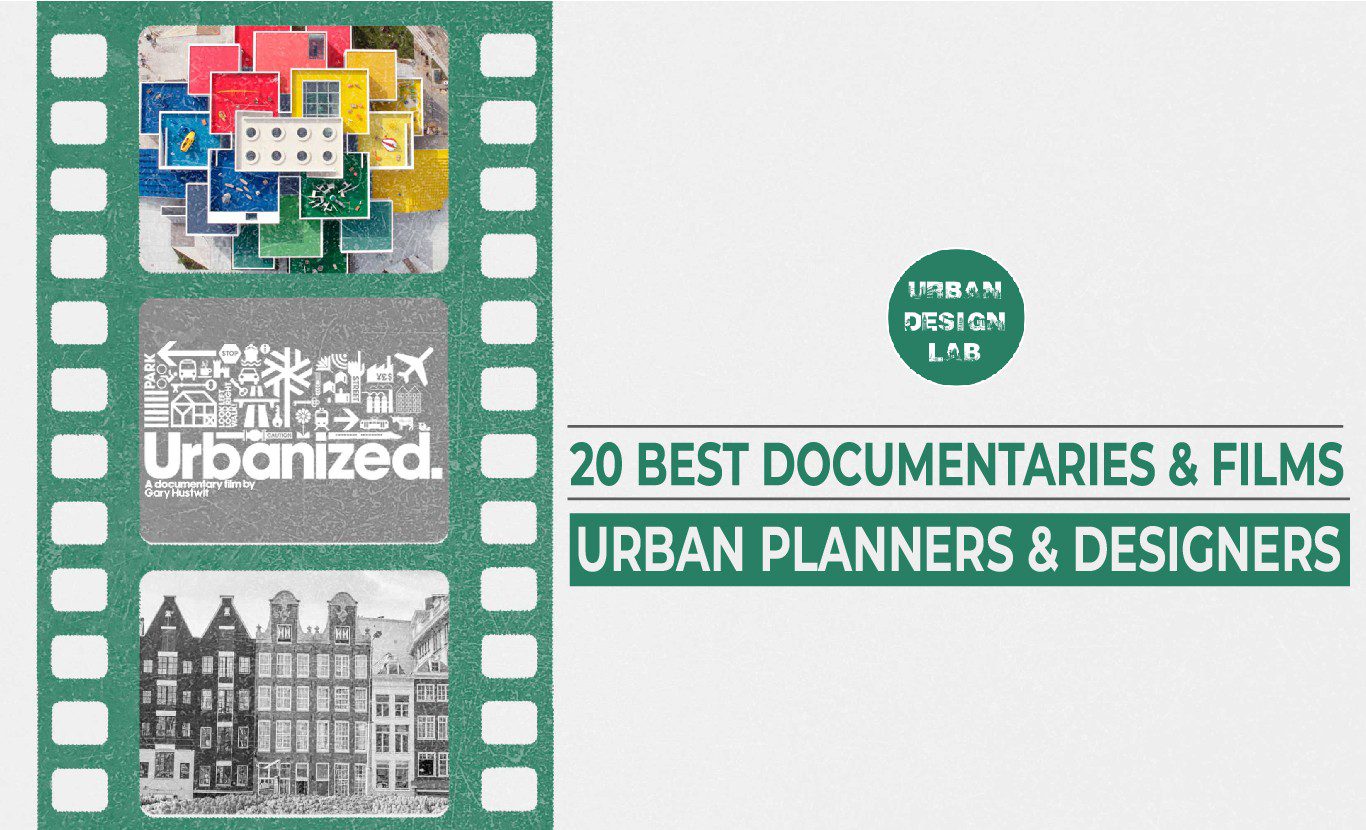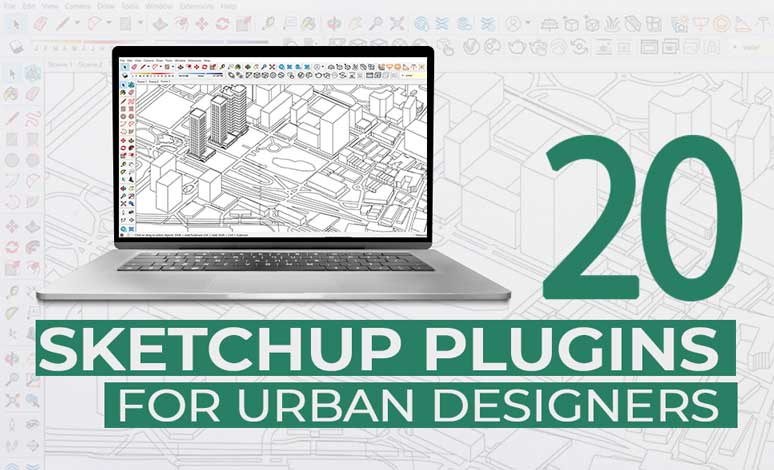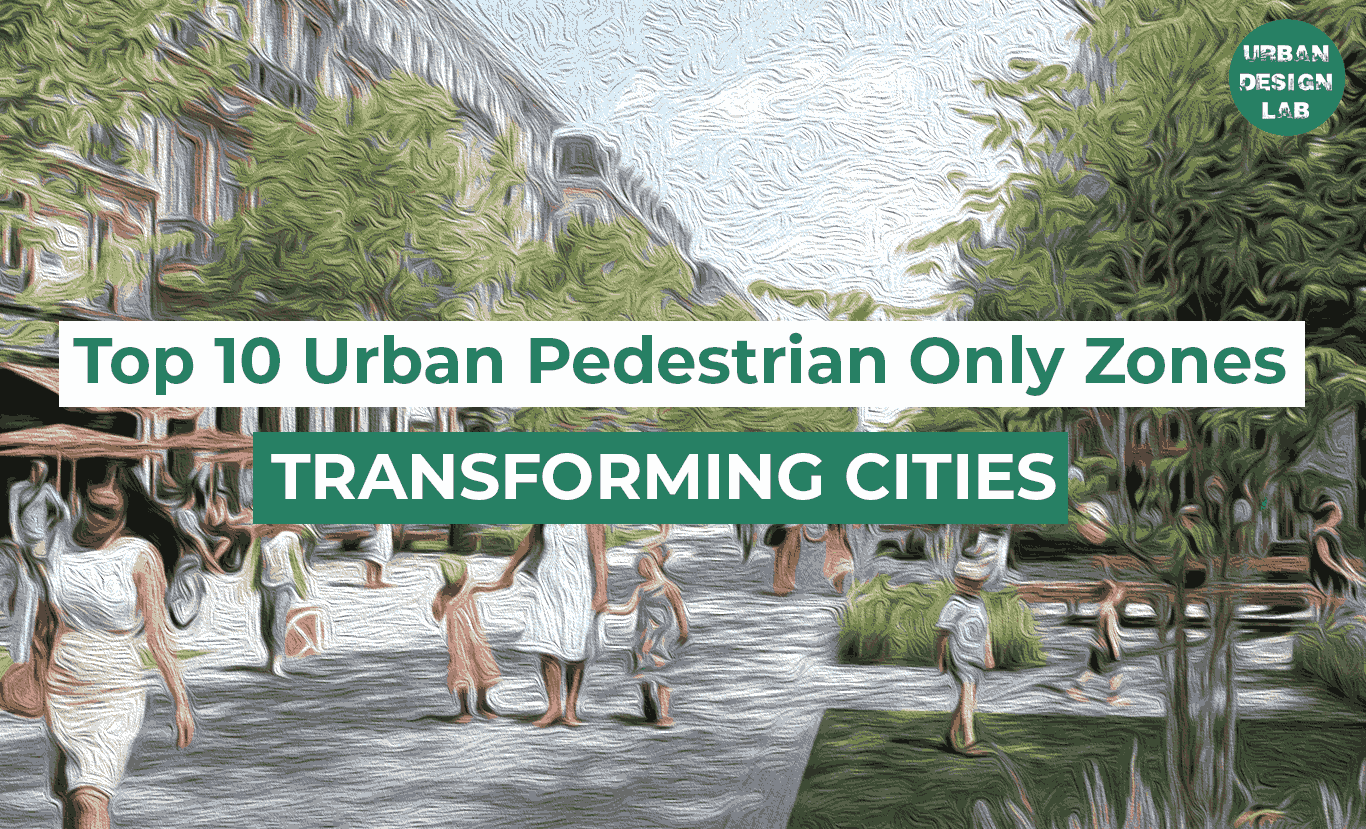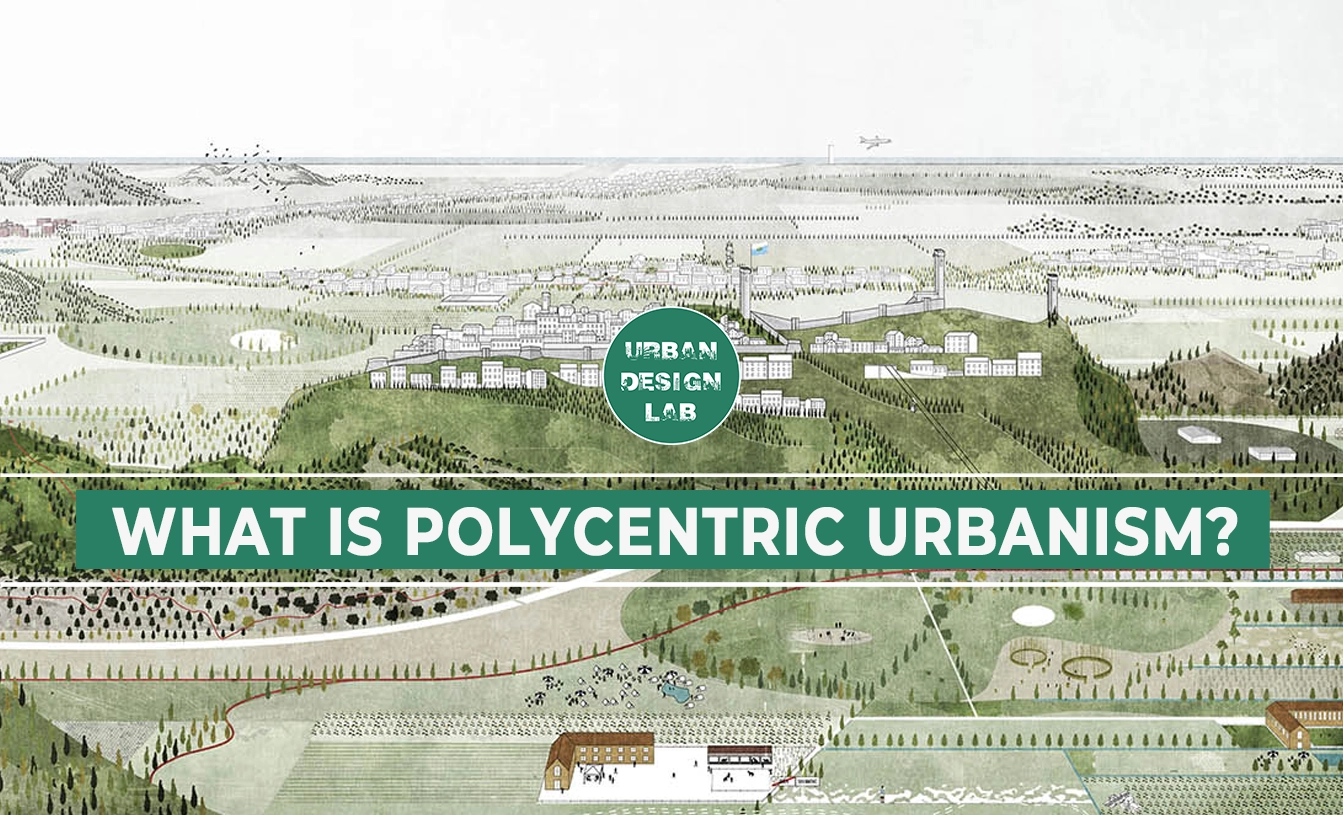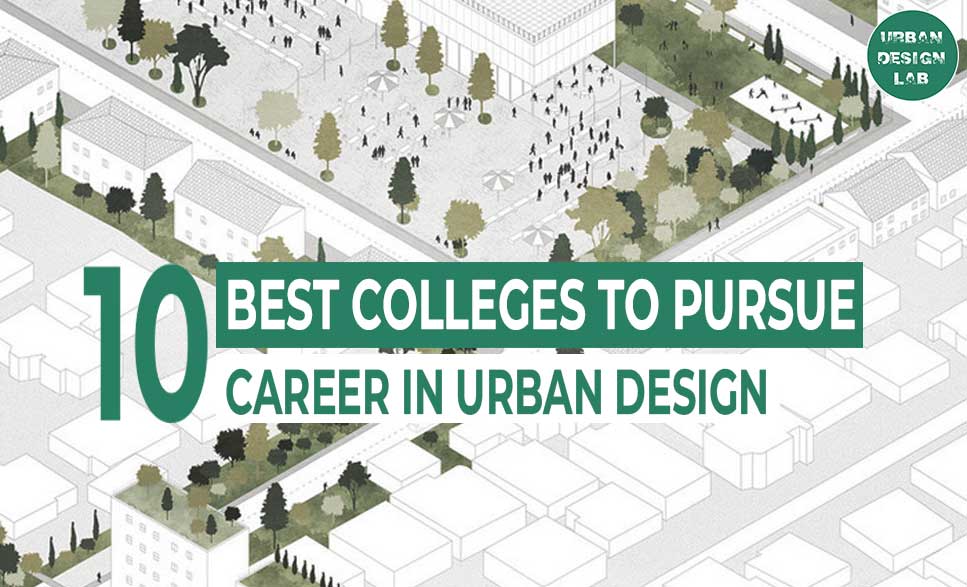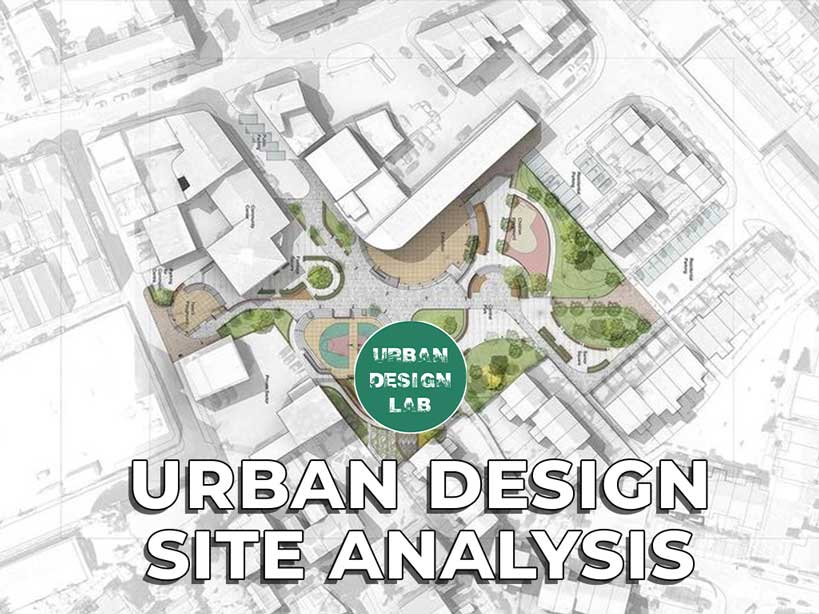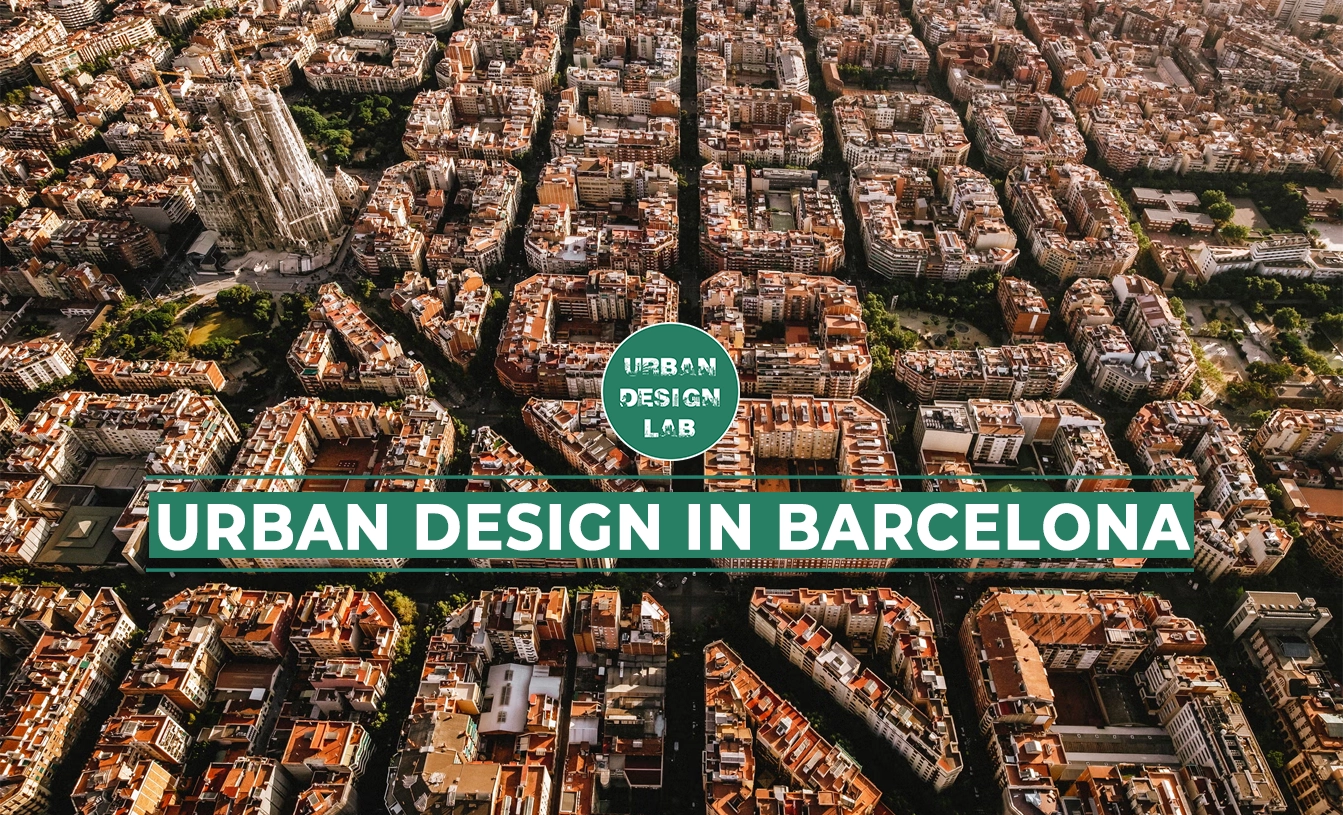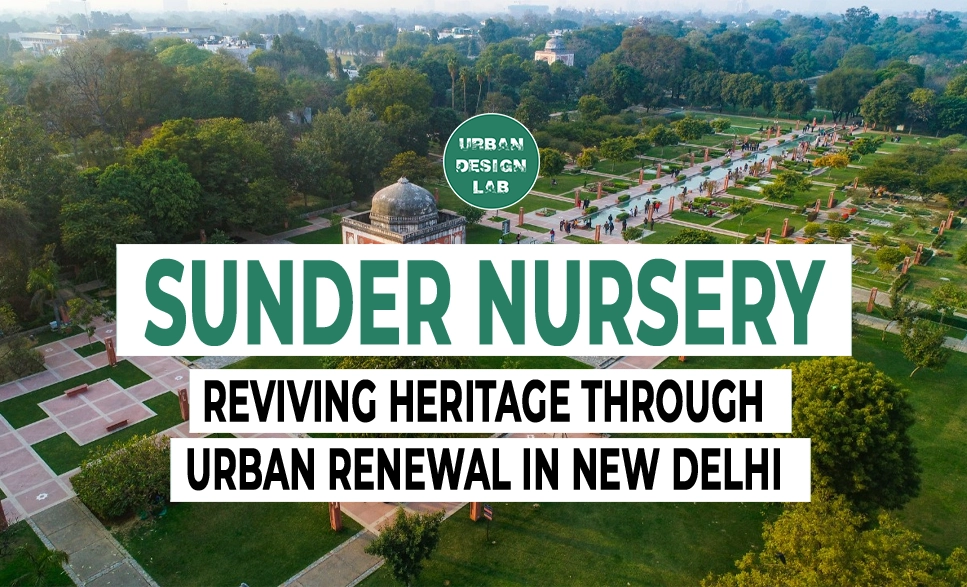
Development of public space for the P.P. El Hoyo | Collective 720 + DARP
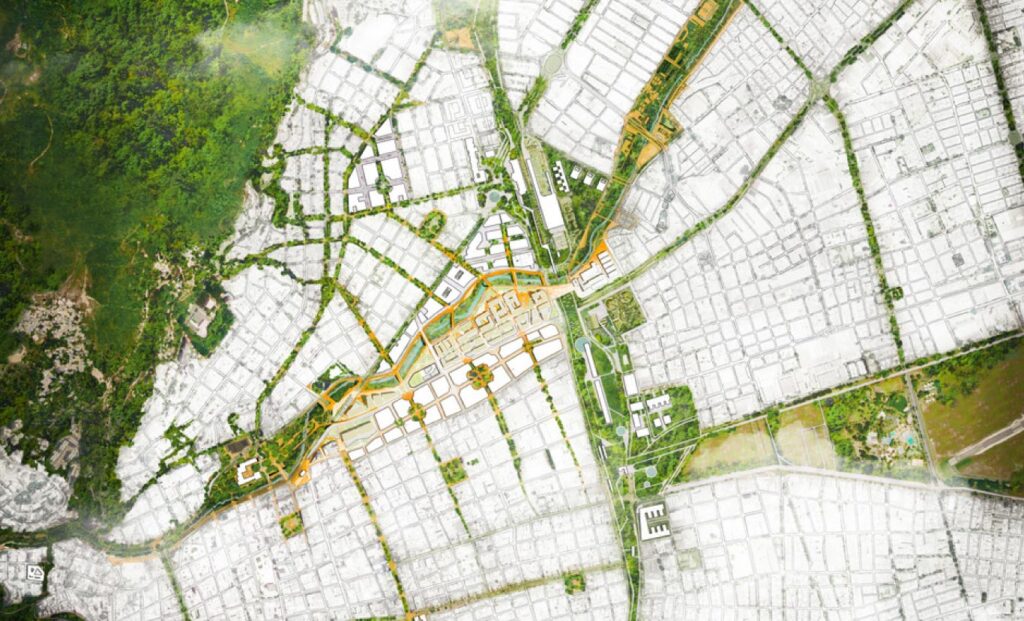
The hole and pilot sector developed at the time from spontaneous occupations on the banks of the Cali River as home to the working community of the city’s large industries. At present, with the “Partial Hole and Pilot Plan” the space is opened towards a new clear, responsible and sensitive planning with the territory. This is how urban and landscape design represents a key opportunity to achieve an integration not only with its context and the surrounding urban plans, but to consolidate a relationship of the city with its history, its inhabitants, its character in this historic “crossroads”.
Despite the great cultural, environmental and landscape richness of the Cali River in its passage through the city, some sectors product of an unconscious occupation of its banks, produce a closed relationship and “butt” effect generating a scenario conducive to pollution, points of consumption, drug sales, violence and urban segregation. Although in the sector of the “Hole and Pilot” this situation is not so high, its occupation on the roads, limit the public space; likewise, the predominance of the commercial sector means that the river has lost its visibility with the hilly sectors and finally there is very little relationship between both sides along the river and a not very defined limit with the central area on all its sides.
In terms of vehicular mobility, the sector presents a wide range of public transport with three MIO stations, direct connection with the city by Carrera 1ra, Calle 15, Calle 21 and Calle 26, however, these same vehicular connections make pedestrian fluidity generate conflicts, and therefore it is essential to review connectivity from the perspective of the pedestrian, bicycle users, the elderly through an alternative mobility system that enhances scenic routes that take advantage of the environmental, cultural and memory values that converge in the place.
Architects: Collective 720 + DARP
Program: Urban-Landscaping
Location: Cali, Colombia
Related articles

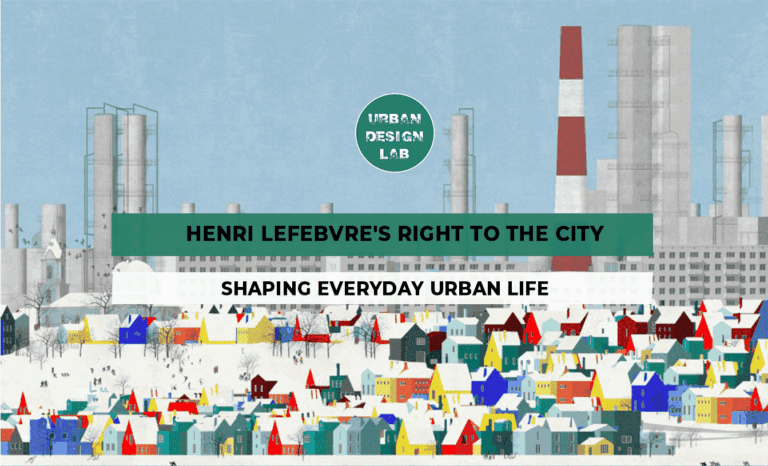
Henri Lefebvre’s Right to the City: Shaping Everyday Urban Life
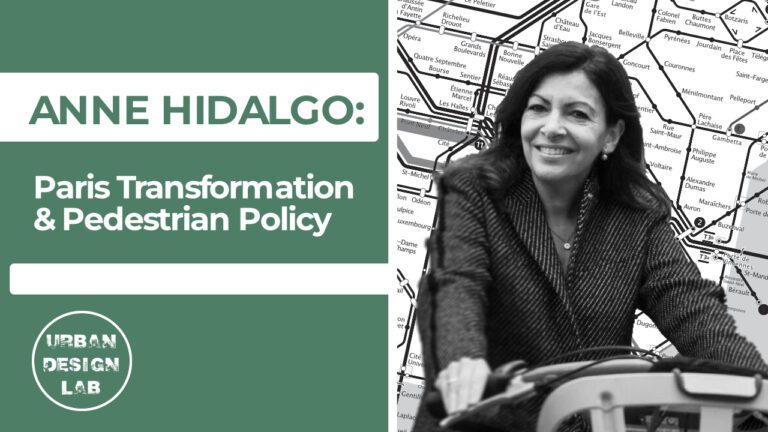
Anne Hidalgo – aris Transformation & Pedestrian Policy
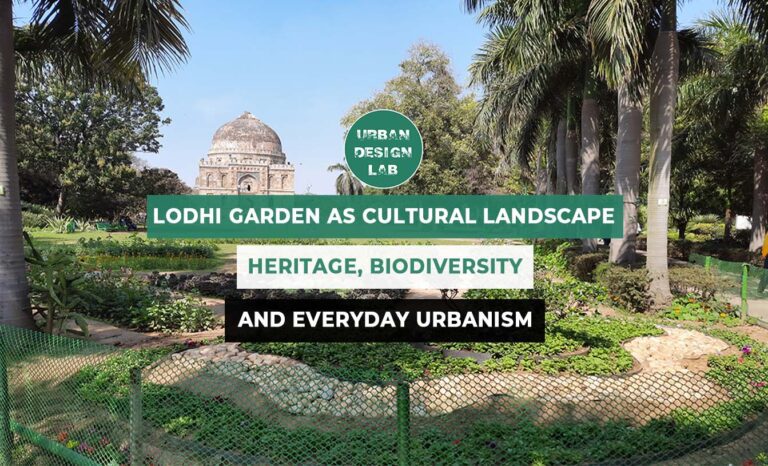
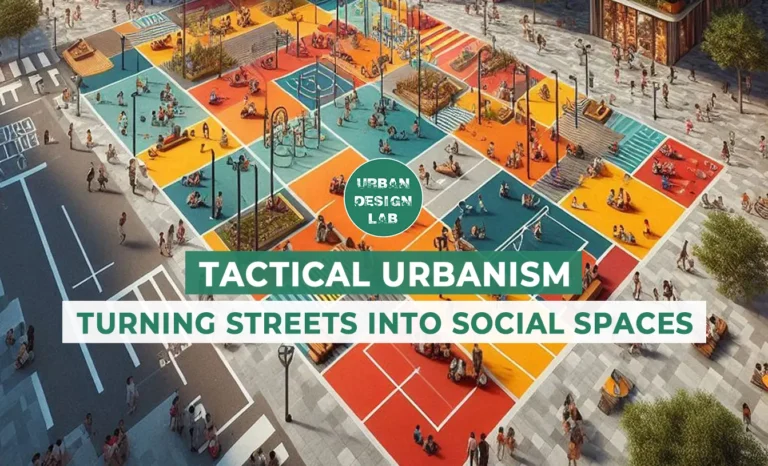
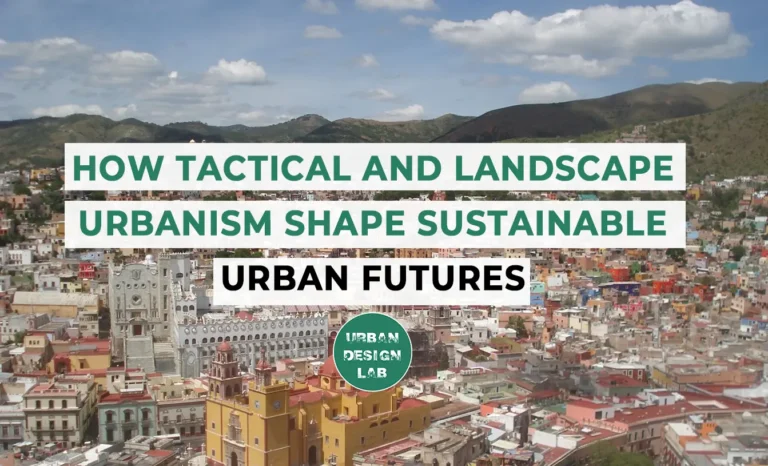
UDL Illustrator
Masterclass
Visualising Urban and Architecture Diagrams
Session Dates
17th-18th January 2026

Urban Design Lab
Be the part of our Network
Stay updated on workshops, design tools, and calls for collaboration
Curating the best graduate thesis project globally!

Free E-Book
From thesis to Portfolio
A Guide to Convert Academic Work into a Professional Portfolio”
Recent Posts
- Article Posted:
- Article Posted:
- Article Posted:
- Article Posted:
- Article Posted:
- Article Posted:
- Article Posted:
- Article Posted:
- Article Posted:
- Article Posted:
- Article Posted:
- Article Posted:
Sign up for our Newsletter
“Let’s explore the new avenues of Urban environment together “


